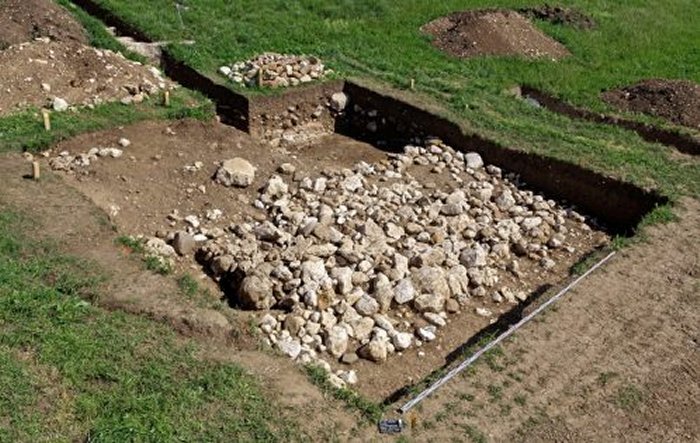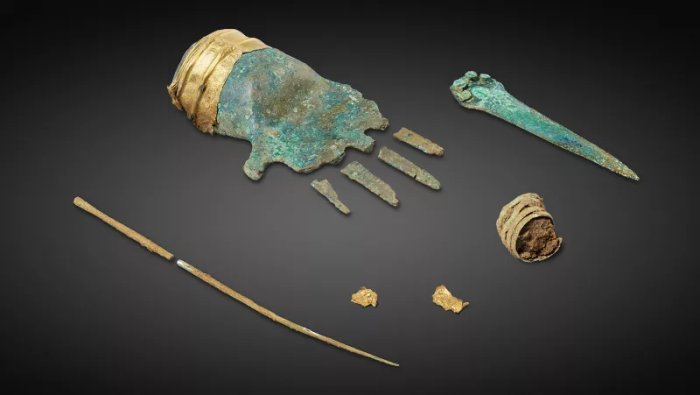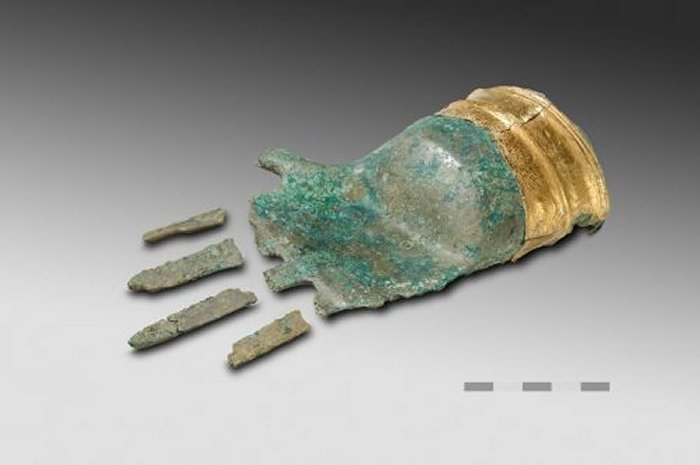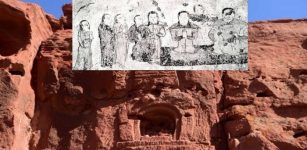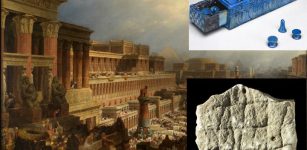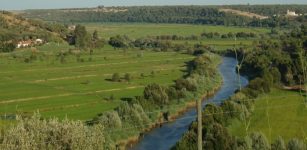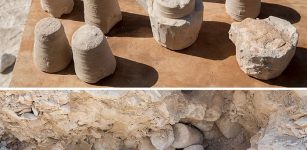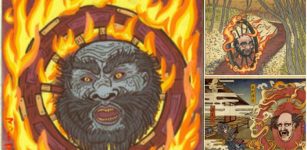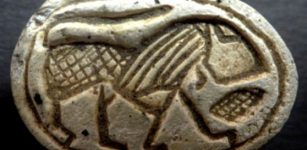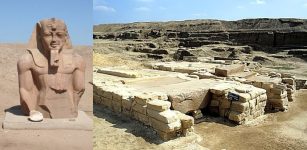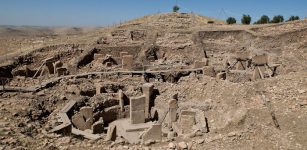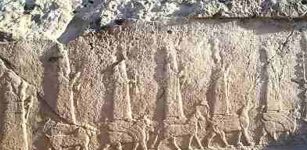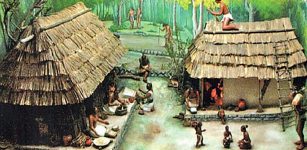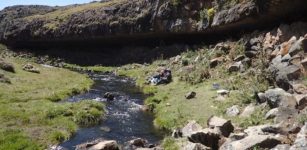Unsolved Ancient Mystery Of Hand Of Prêles – Unique Discovery Of Ancient Bronze Hand Puzzles Scientists
AncientPages.com - A mysterious ancient bronze hand with a gold cuff dating back some 3,500 years puzzles scientists. It has today become known as the hand of Prêles.
Archaeologists say they have never seen anything like this before and cannot explain the purpose of this ancient artifact.
In October 2017, metal detectorists near Lake Biel in the Bernese Jura, about 28 miles (45 km) northwest of Bern, Switzerland came across this baffling ancient hand that was found together with a bronze dagger and a human rib bone.
The site where the baffling ancient bronze hand was found. Credit: Archaeological Service of Canton Bern, Guy Jaquenod.
Shortly after the discovery was made the objects were handed over to experts at the Ancient History and Roman Archaeology Department in the Bern Archaeological Service. After examination of the ancient bronze hands, scientists could confirm that that no similar object has been found so far in Switzerland or in neighboring countries.
It’s undoubtedly a unique discovery, but who did the hand belong to and what was it used for?
According to Andrea Schae, lead archaeologists who studied the hand it is doubtful the hand was worn; a socket inside the hand suggests it was mounted on a staff of some kind.
When scientists returned to the site in the Bernese Jura to conduct further investigations they discovered a tomb containing the bones of an adult man. Unfortunately, it “had suffered significant damage as a result of recent work,” write the researchers in the release.
The bronze hand and other items found at the site in Switzerland. Credit: Archaeological Service of Canton Bern, Guy Jaquenod.
The tomb also contained a long bronze pin, a bronze spiral likely worn as a hair ornament, more bits of gold foil (likely from the hand), and one of the sculpture’s missing fingers. The presence of one of the fingers of the bronze hand confirmed that the sculpture came from this site. The bronze hand was likely buried with the man, of whom we know virtually nothing, but researchers think he must have been a high-ranking individual.
Under the tomb, scientists also found a stone-based structure.
Apparently, “the man and the bronze hand were deliberately buried over this older construction, “researchers say.
“To the knowledge of Swiss, German and French specialists, there has never been a comparable sculpture dating from the Bronze Age in Central Europe,” according to the press release. “The hand of Prêles is now the oldest bronze piece representing a part of the human body. It is therefore a unique and remarkable object.”
See also:
Mystery Of The Silver Hands Discovered In An Etruscan Tomb Full Of Secrets
Being Left-Handed Was A Sign Of Evil Until Only Recently
However, the purpose of the hand is still an unexplained ancient mystery. “We do not know either the meaning and the function attributed to it,” the authors write in the press release. “Its gold ornament suggests that it is an emblem of power, a distinctive sign of the social elite, even of a deity. The hand is extended by a hollow form that suggests that it was originally mounted on another object: it was perhaps part of a scepter or a statue.”
To the knowledge of Swiss, German and French specialists, there has never been a comparable sculpture dating from the Bronze Age in Central Europe.
The hand of Prêles, which weighs nearly 500 g, was cast in bronze with tin. The thin gold plate applied above the wrist is adorned with delicate scrolls. Credit: Archaeological Service of Canton Bern, Guy Jaquenod.
The hand of Prêles is to this day the oldest bronze piece representing a part of the human body. It is therefore a unique and remarkable object.
Researchers say that “it is still too early to determine whether the hand was made in the Three-Lakes region or in a more distant country.” The hand’s function is unknown at this comment.
“Its gold ornament suggests that it is an emblem of power, a distinctive sign of the social elite, even of a deity. The hand is extended by a hollow form that suggests that it was originally mounted on another object: it was perhaps part of a scepter or a statue. All questions will be addressed during the scientific study that will begin in the coming months.”
AncientPages.com

